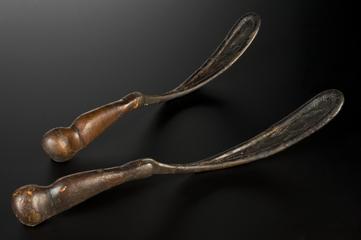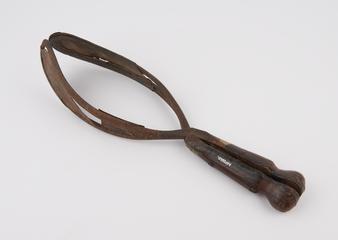
William Smellie 1697 - 1763
- occupation:
- Man-midwife
- Nationality:
- British; Scottish
Smellie was the most significant figure in the development of obstetrics and midwifery in the 1700s. He was the first to teach them on a purely scientific basis and established obstetrics as a discipline separate from surgery. He advocated proportionate use of obstetrical forceps and established safe rules for this.
Early man-midwives like Smellie were from different backgrounds. Unlike in England, midwifery was part of a doctor’s training in Scotland. Scottish physicians, especially Smellie, dominated early British midwifery. From 1739, Smellie gave lectures and practical demonstrations in London for female midwives and medical students, including William Harvey. However, Smellie was criticised by female midwives and rival male practitioners. He used lifelike models to illustrate his techniques, and waived his fee for attending deliveries if his students could observe the birth.
Smellie was made aware of obstetrical forceps while studying in Scotland. This was shortly after they became public knowledge following decades of secretive use by the Chamberlen family. He greatly valued the instrument, but he considered birth a natural process and taught students to use forceps carefully and sparingly. He also showed how they could save the infant, even when the mother’s life was not in danger. This was novel when such interventions usually occurred solely to save the mother. He presented several forceps designs to widespread acceptance.



